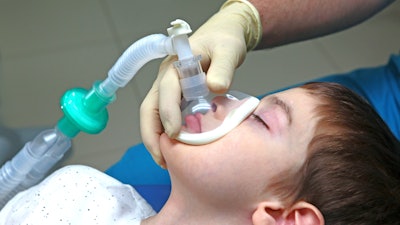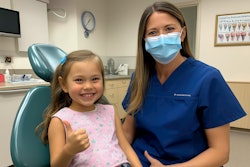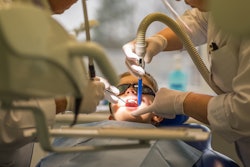
The use of full-coverage restorations on primary molars and canines during general anesthesia (GA) may be linked to pediatric patients needing repeat GA. The study was published in the Journal of the American Dental Association.
In contrast, resin restorations and sealants on primary second molars were associated with a higher likelihood of requiring repeat GA (GA2), the authors wrote.
"Full-coverage restorations should be considered strongly for young children undergoing GA for dental treatments to reduce the risk of requiring GA2," wrote the authors, led by Dr. Ehsan N. Azadani, MS, of the Ohio State University Division of Pediatric Dentistry (JADA, August 3, 2024).
Since the COVID-19 pandemic, access to hospital operating rooms for these procedures has become increasingly restricted. Given these limitations, it is crucial that dentists adopt treatment strategies that minimize the need for repeat interventions under GA, they wrote.
This study involved children up to 48 months old enrolled in Medicaid who underwent dental treatment under GA at Nationwide Children's Hospital Dental Surgery Center in Ohio between November 2011 and December 2016.
The research team used a case-control design, comparing children who required a GA2 within 48 months of their GA1 with those who did not. A total of 60 case patients were matched by age and sex to 120 control patients. The mean age at GA1 was 38 months for case patients and 40 months for control patients, they wrote.
A significant inverse association was found between caries on canines and the odds of GA2 (p = 0.02), and a marginally significant inverse association was observed between the total number of carious teeth at the first GA (GA1) and GA2 occurrence (p = 0.05). Composites or sealants on second molars at GA1 were significantly associated with higher odds of GA2 (p = 0.02).
Furthermore, full-coverage restorations on canines, first molars, and second molars at GA1 were significantly associated with lower odds of GA2 (p = 0.003, p = .02, p = 0.002, respectively). No significant association was found between the number of extractions at GA1 and GA2 occurrence, the authors wrote.
The study, however, had limitations. The retrospective design may introduce sampling bias, as the control group consisted of patients who actively sought oral health care, possibly reflecting higher preventive care usage, they wrote.
"The findings support preferential use of full-coverage restorations for young children undergoing dental GA," they concluded.




















